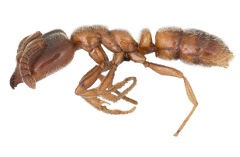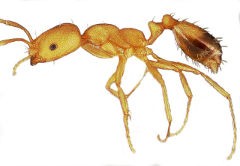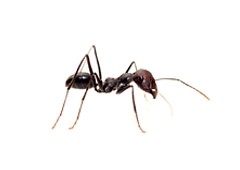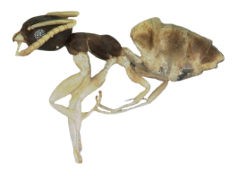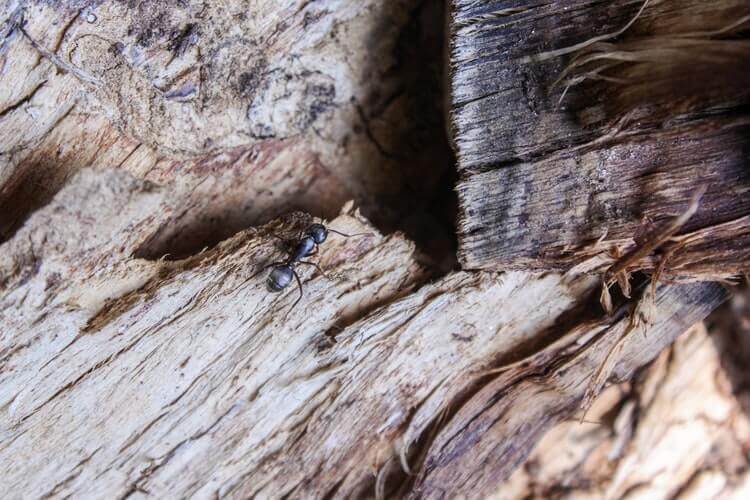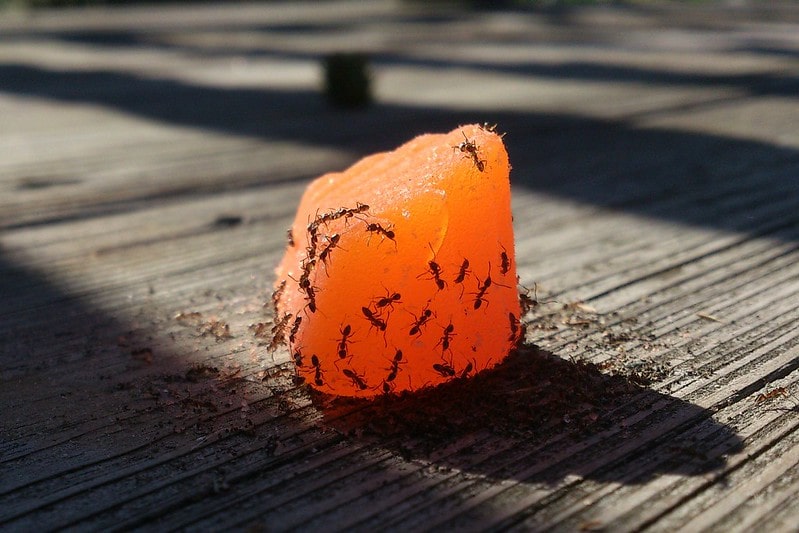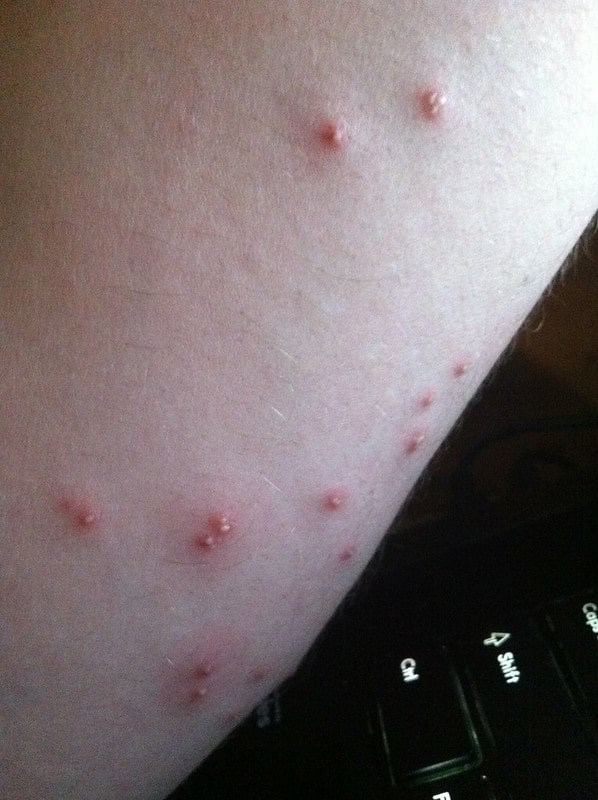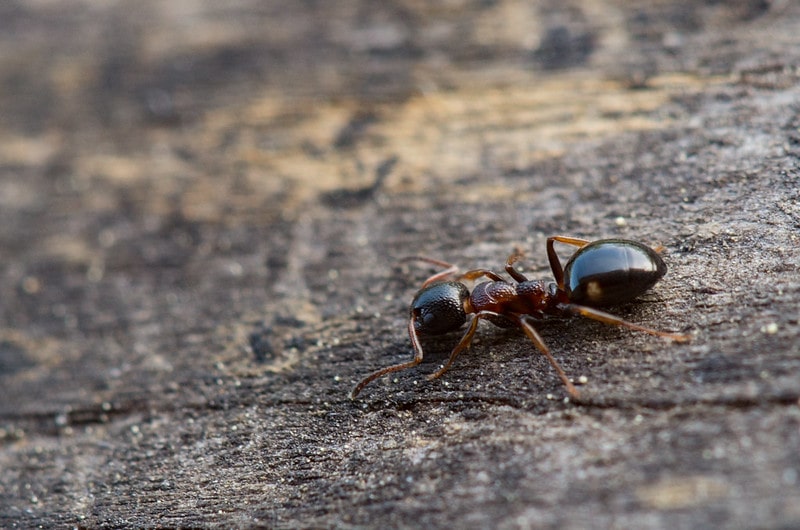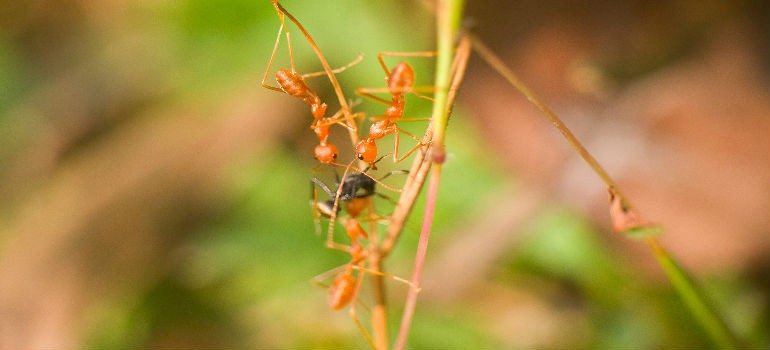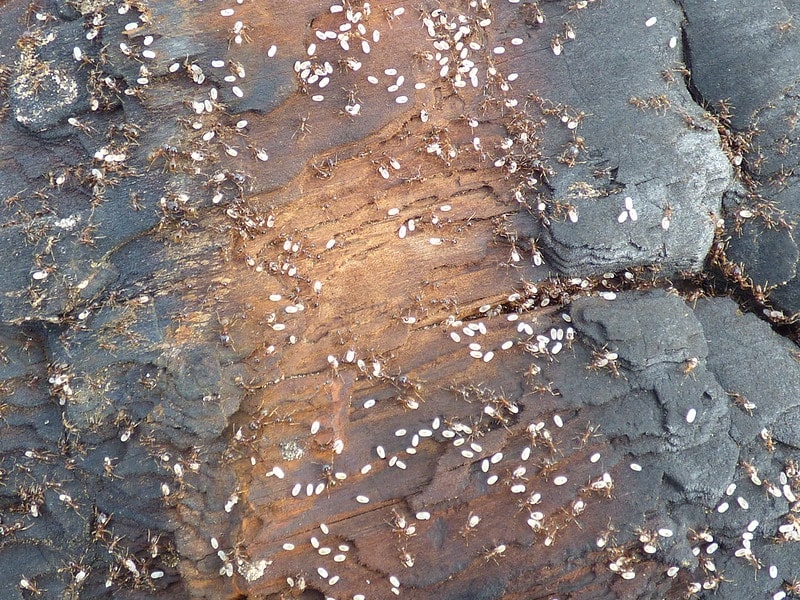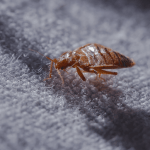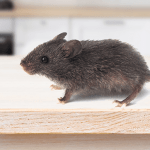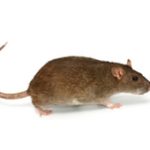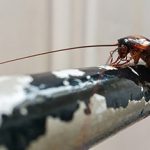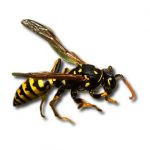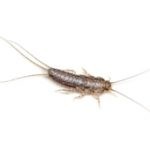Ants
Ants are one of the most resilient and diverse insect groups, with over 12,000 known species found worldwide. Ants belong to the order Hymenoptera, along with wasps and bees.
Among the most common ants that invade houses is the Black Garden Ant, which is actually very dark brown in color. Each ant has a distinctly separated head, thorax, and abdomen, as well as a sharp elbow joint in the antennae.
Is ant an animal?
Yes, an ant is an animal. In terms of population, ants are the most abundant animal on the planet! Ants play a vast and diverse role in our ecosystems. An ant is an insect with a complex social structure that lives in large colonies.
Where do ants come from?
Ants come from colonies that are typically located outdoors but can also be found inside homes. The ants will find their way to any food source, whether it’s fruit, sweets, or crumbs. When you find your first ant, you’ll realize they’re everywhere because colonies of ants can consist of thousands or millions of ants.
The types of ants invading your house depend on their species and what attracts them.
Types of ants in the UK
Can ants actually see?
Ants are not completely blind, but their vision is limited. Most ants have poor eyesight and rely more on their other senses, particularly their sense of smell, to navigate and communicate within their colonies. Ants have two large compound eyes, which are made up of thousands of tiny lenses. This allows them to detect light and movement, but their ability to see fine details is minimal.
Some ant species, such as army ants, rely more on their sense of touch and pheromones for communication rather than sight. Ants mostly use pheromones (chemical signals) and landmark cues to navigate their surroundings and find food sources. They also rely on tactile communication by touching antennae to other ants to exchange information.
Feeding habits and ants’ behaviour
Ants live in artificially-created ant mounds in class-based “societies”. Most ant societies compromise of workers, soldiers, drones and a queen ant. Ants prefer sweets, sugar, foliage and rarely wheat products. Workers collect food and return it to their hives, where they store it for future consumption. Some ant species leave acidic trails around for orientation reference.
Why do ants come in the house?
Ants come into the house for a variety of reasons, typically driven by the search for food, water, and shelter.
- Ants are particularly attracted to sugary foods like fruits, syrups, candy, and even pet food.
- They also seek out oils, fats, and proteins from food scraps, crumbs, and waste.
- Kitchen counters haven’t been wiped in a while and are covered in sticky spots and various scents. Ants find food through scent trails left by other ants, so even a small crumb can lead them to your kitchen or pantry.
- Ants need water to survive, so they may enter homes to find moisture. This is especially common in kitchens, bathrooms, and areas with plumbing issues or leaks.
- It’s seasonal – ants come in the house in the summer because they need to work harder to collect food for the winter. Hotter and drier weather means more ants in the house.
- It’s biological – some ant species prefer to build their nests indoors. That includes Pharaoh’s ants, carpenter ants, and pavement ants. Ants seek out warm, protected spaces for nesting, particularly during colder months. They can nest in walls, floors, or in decaying wood.
Close cracks, gaps, and holes around windows and doors to prevent ants from getting inside. Also, remove food scraps, crumbs, and grease regularly, and store food in airtight containers. Additionally, eliminate sources of water by repairing leaks in plumbing and ensuring proper drainage.
Ant control and dealing with house ants in the UK
An ant infestation can be persistent and challenging to manage, but effective control methods can prevent future infestations.
Detection of ants
Different ant species require different treatment methods. Unlike most other pests, ants can be easily detected. They do not hide from humans and do come out during the day, which makes it easy to spot live insects. A single specimen might not be an indication of an infestation but the regular appearance of more than one ant does indicate a problem.
Some species, such as the Pharaoh ant, leave a transparent trail of pheromones on their way. Those trails shine under bright light and smell unusual. Ant nests are harder to spot. They can look as innocent as piles of dirt or detritus on the ground.
The dangers of ant infestations
Ants may seem harmless, but they pose significant risks to homes, businesses, and outdoor environments. Aside from health concerns, structural damage and contamination of food sources are also risks.
While ants are not known to carry any diseases, they still spread detritus, unhygienic matter, and allergens on your property. They can also cause huge damage to phone, electricity and computer networks on your premises.
Carpenter ants tunnel into wooden structures, causing damage to furniture, floors, and walls. Over time, an untreated infestation can weaken structural integrity, similar to termite damage.
Ants can infiltrate electrical wiring and circuit boards, leading to short circuits and fire hazards. Species like crazy ants are known for damaging electrical equipment by swarming inside devices.
Although ants can nearly all bite or sting, a few cause significant reactions in humans. Because of their small size and mild sting people don’t have to be worried, however, ant bites are often painful, especially for young kids and babies.
Ants allergies
Unlike cockroaches, few people are allergic to ants. However, ants can be much easily ingested than cockroaches. Their small size allows them to remain unnoticed in your food. They also leave a trail of pheromones some people are allergic to. Ant bites can result in swelling and inflammation. Some ants, such as fire ants, deliver painful stings that cause swelling, redness, and allergic reactions.
Health risks, structural damage, and food contamination are all associated with ant infestations. If your ant problem is severe, call ant exterminator.
What to do in case of an ant infestation?
If you discover an ant infestation, act immediately to eliminate the colony and prevent future infestations. Here are some steps you can follow to get rid of ants effectively.
- First remove all food sources that could attract ants;
- Clean kitchen cupboards and counters with mix of white vinegar and water;
- Swipe the floors—not only will this take care of any food particles on the ground but it will destroy the pheromones trails ants leave behind;
- Diatomaceous Earth is a natural powder that dehydrates and kills ants on contact. Sprinkle it around entry points and around areas where you’ve seen ants;
- Gel baits & and bait stations are the most effective method to eliminate entire colonies. Worker ants carry the poisoned bait back to the nest, killing the queen;
Although DIY products such as killer gel are efficient against small garden ants infestations, there is little you can do to exterminate their nests without a professional ant control service.
Ant prevention tips
Ants prevention is similar to other pest prevention. To keep ants out seal possible entry points with caulk. Close gaps around doors, windows, and foundations. Keep bins sealed and regularly dispose of rubbish and keep food in airtight containers. Also, ensure good ventilation in kitchens and bathrooms to keep moisture levels down.
Make sure you sweep all surfaces after cooking and clear up any debris. If you see ant mounds in your garden, slowly pour boiling hot water over them. This will not complete exterminate ants, but will keep their population at bay.
What do ants hate the most?
Ants hate vinegar’s strong smell, which disrupts their scent trails and deters them. Mixing equal parts vinegar and water creates an effective ant deterrent. Lemon, orange, and grapefruit peels contain d-limonene, which is toxic to ants. Ants strongly dislike peppermint, tea tree, eucalyptus, and lavender oils.
Ants hate strong smells, dry conditions, and substances that disrupt their movement. Using natural repellents like vinegar, citrus, and essential oils, combined with proper home maintenance, can effectively keep ants away.
Are ants important for the ecosystem?
Ants play a crucial role in the ecosystem, contributing to soil health, plant growth, pest control, and nutrient recycling. Ants dig tunnels, loosening compacted soil and improving air and water circulation. Their activity enhances soil fertility by mixing organic matter and promoting plant growth.
Many ant species prey on insects, larvae, and other pests, reducing harmful populations. Certain ants assist in seed dispersal, carrying seeds underground where they germinate. Ants break down dead insects, organic matter, and waste, enriching the soil with essential nutrients.
Final thoughts
Ants are essential for the ecosystem but they can be pests in human spaces. Though ants seem harmless to humans, they can pose a serious threat to homes, businesses, and agricultural settings as pests. Left untreated, an infestation can spread bacteria, contaminate food, damage structures, and damage electrical systems.
For severe ant infestations, professional ant control services offer long-term solutions. By taking proactive measures, homeowners and businesses can successfully keep ants at bay and maintain a pest-free environment.
Keep in mind that we only aim to provide some useful information about ants in general. We cannot guarantee that the insects you’re dealing with corresponds to the same description and are exactly the same.



